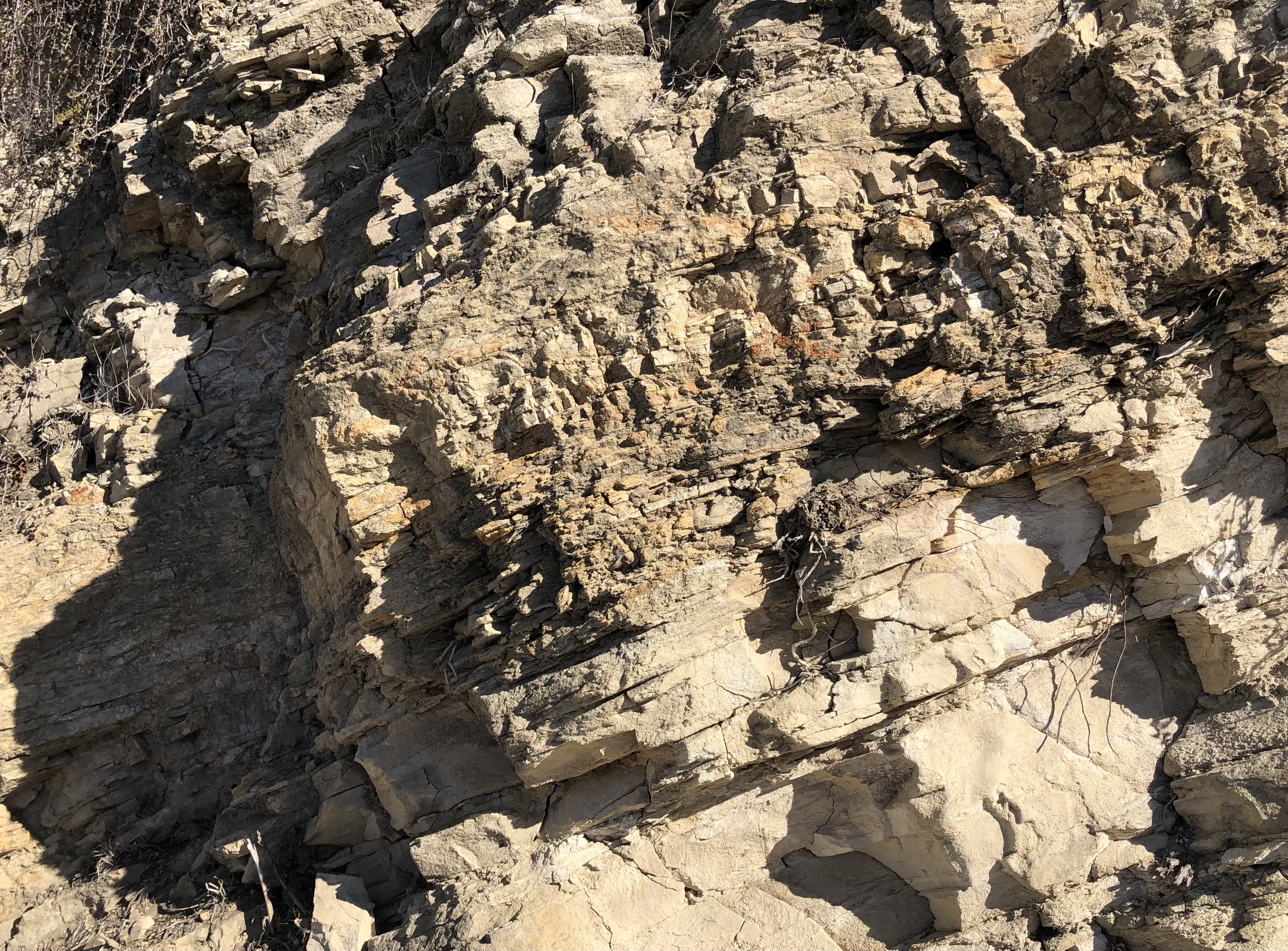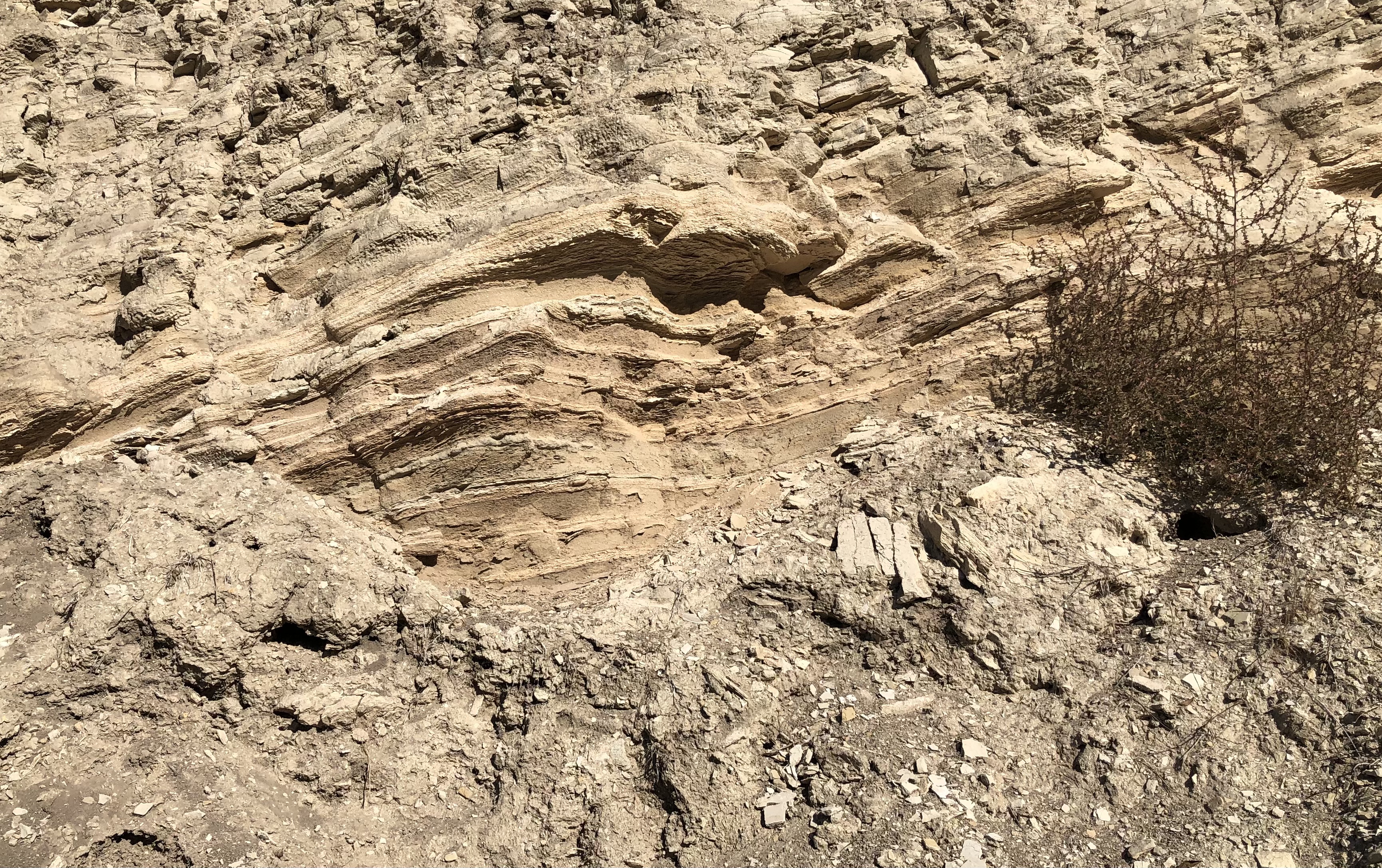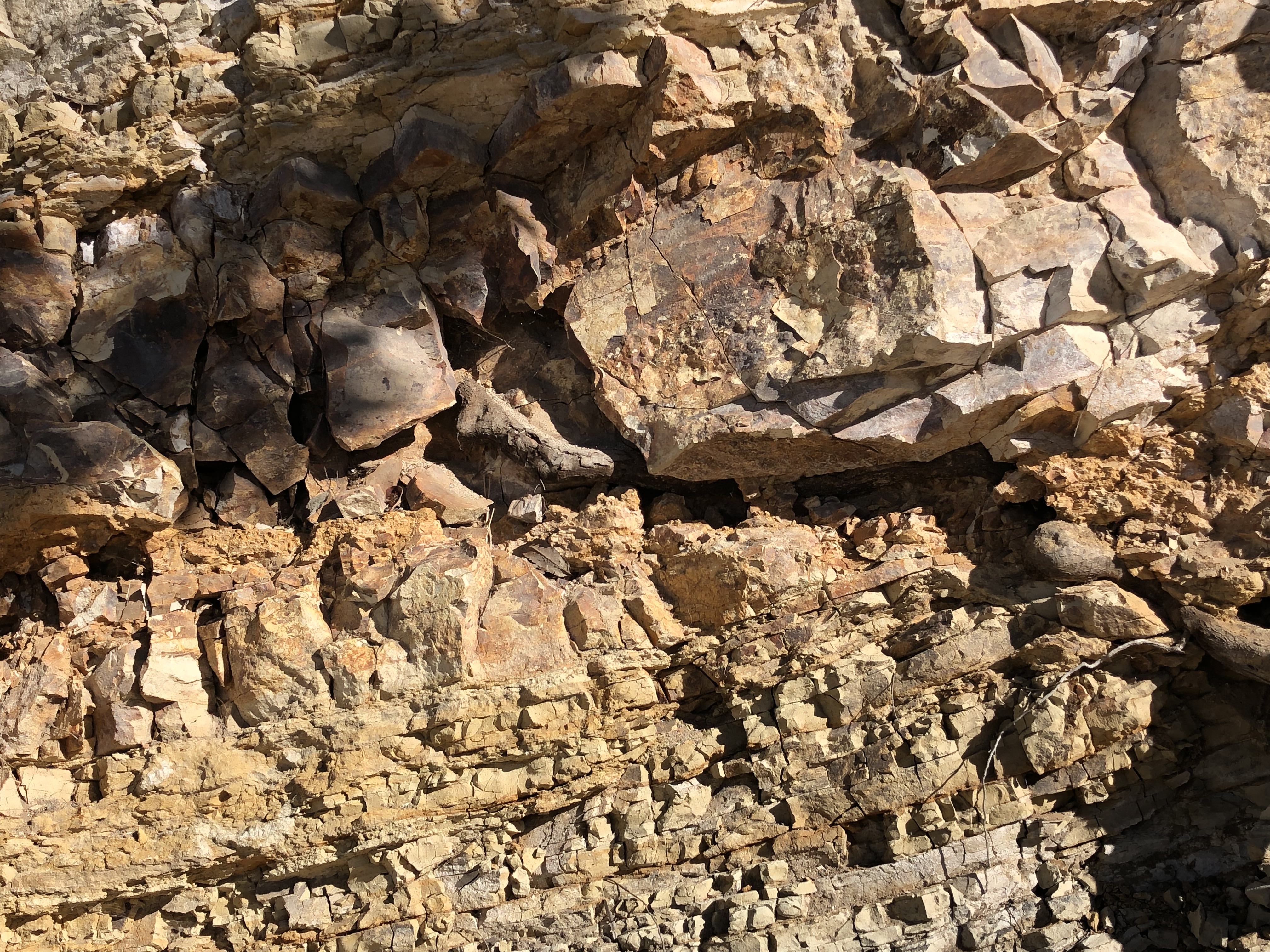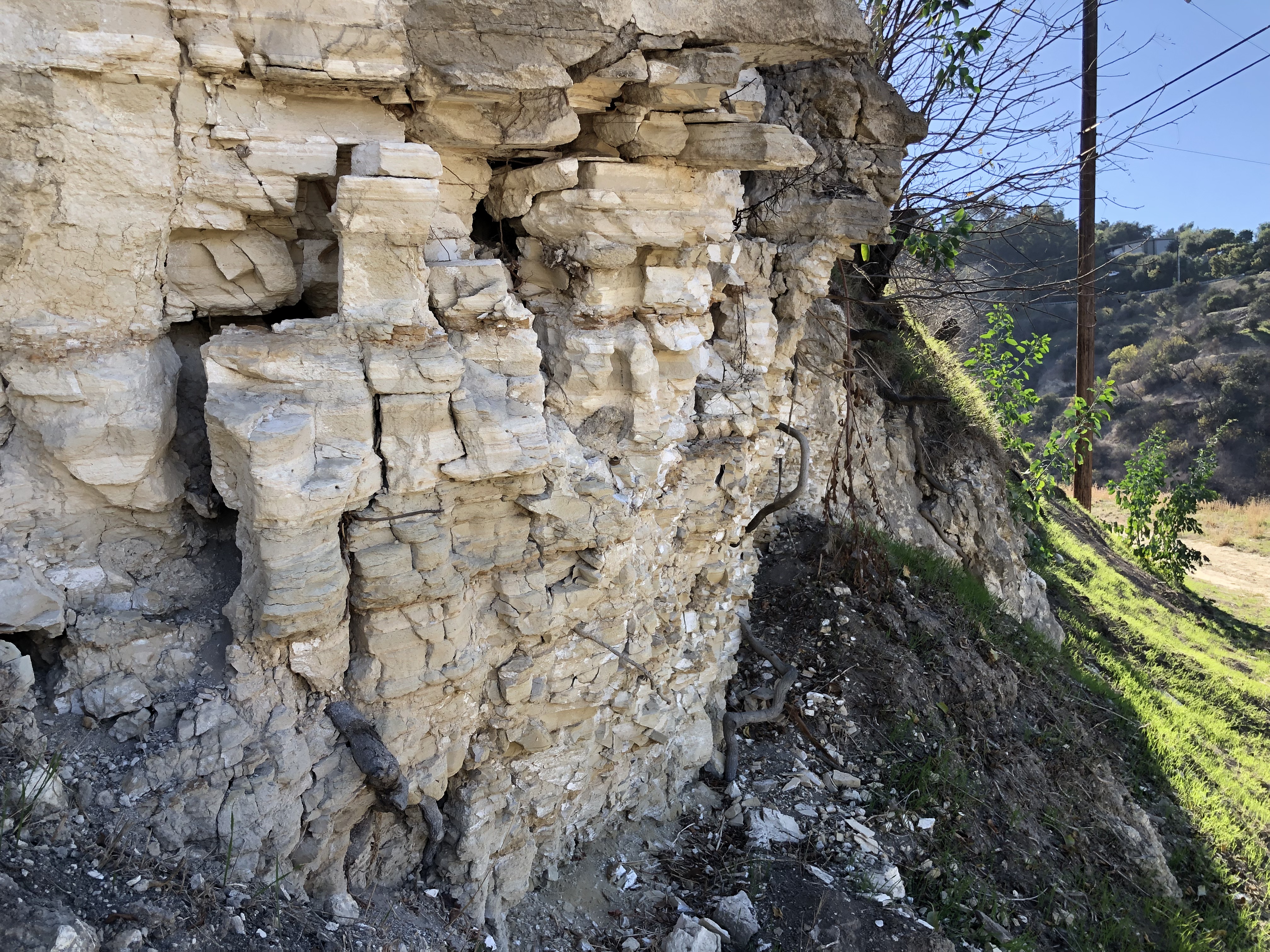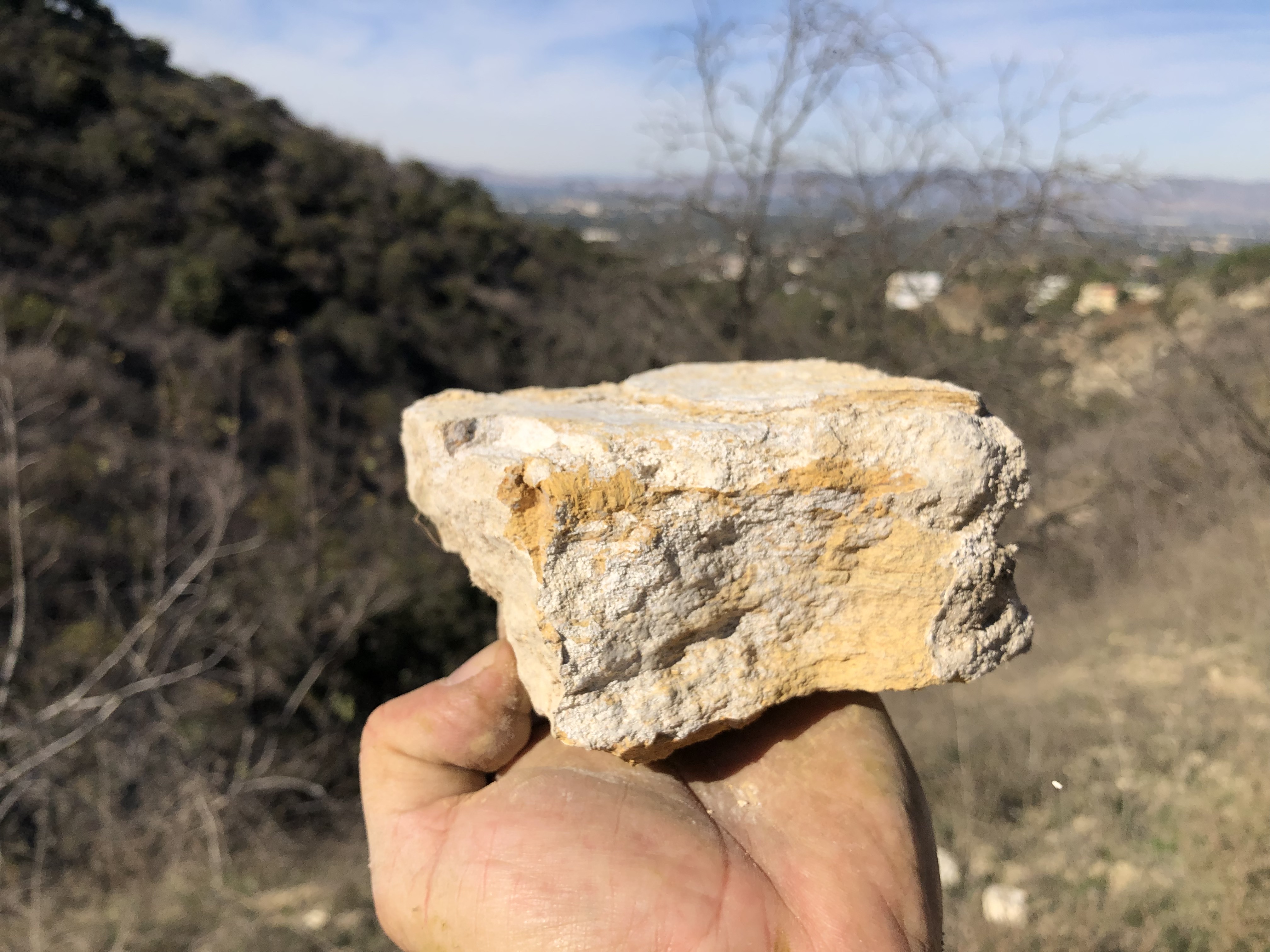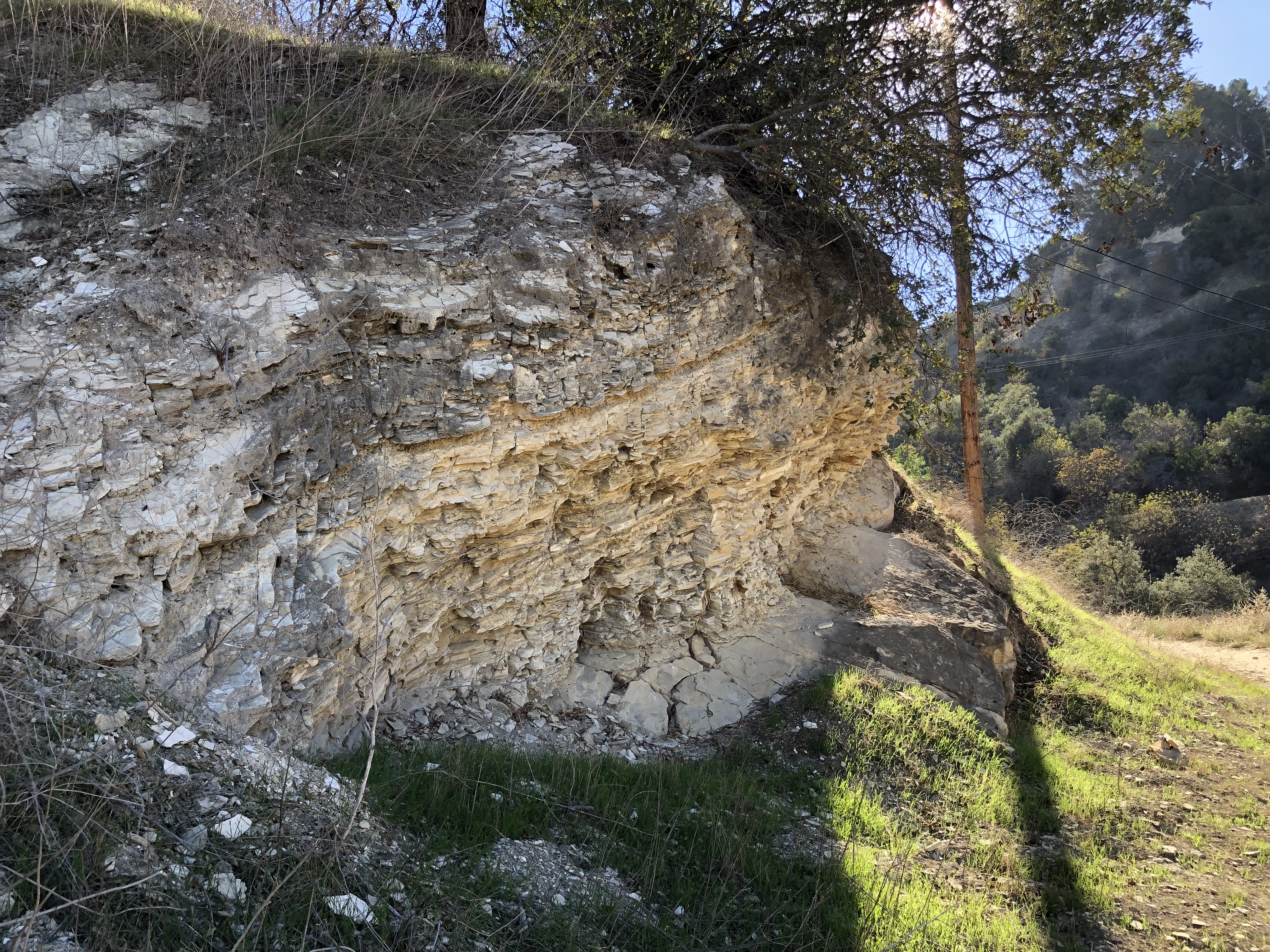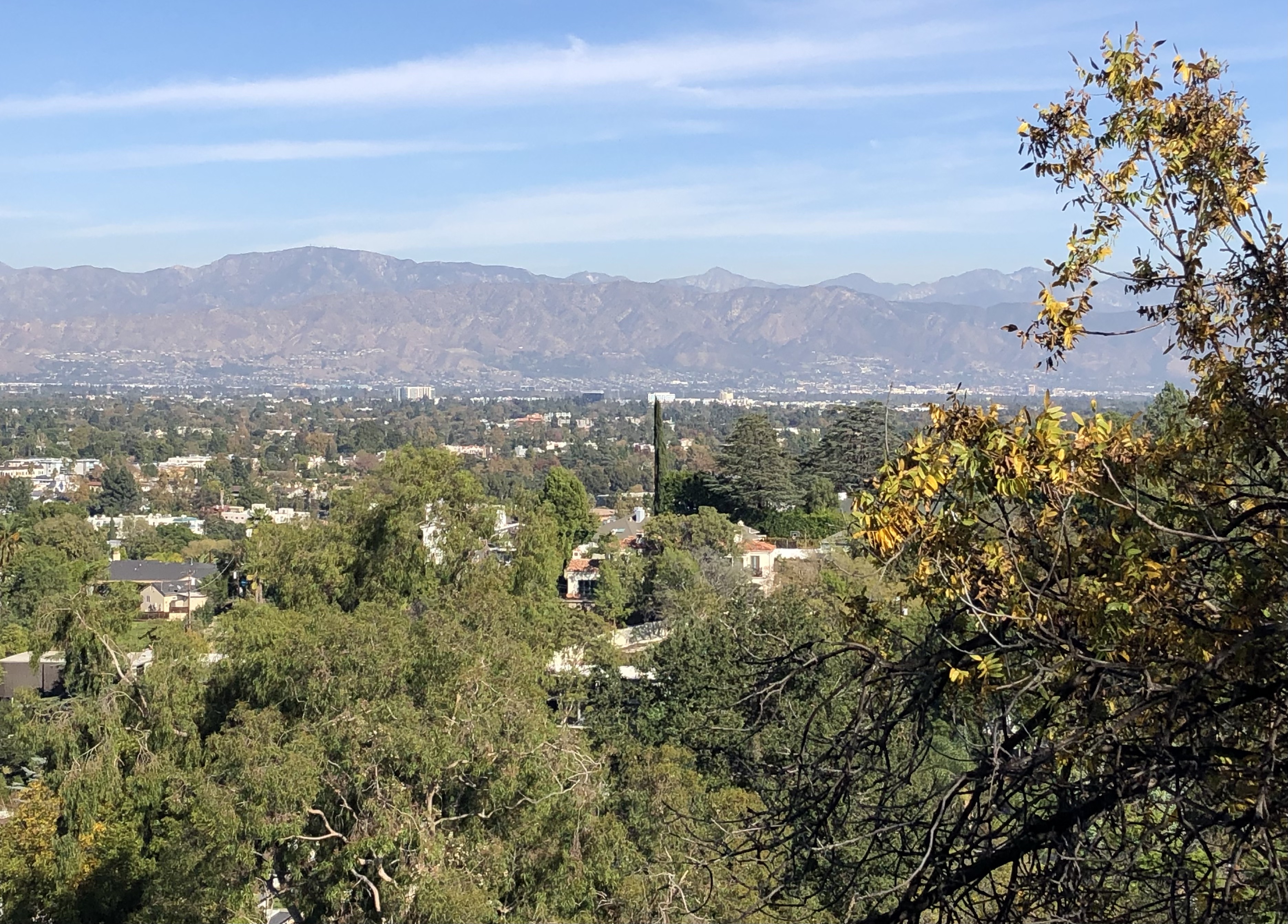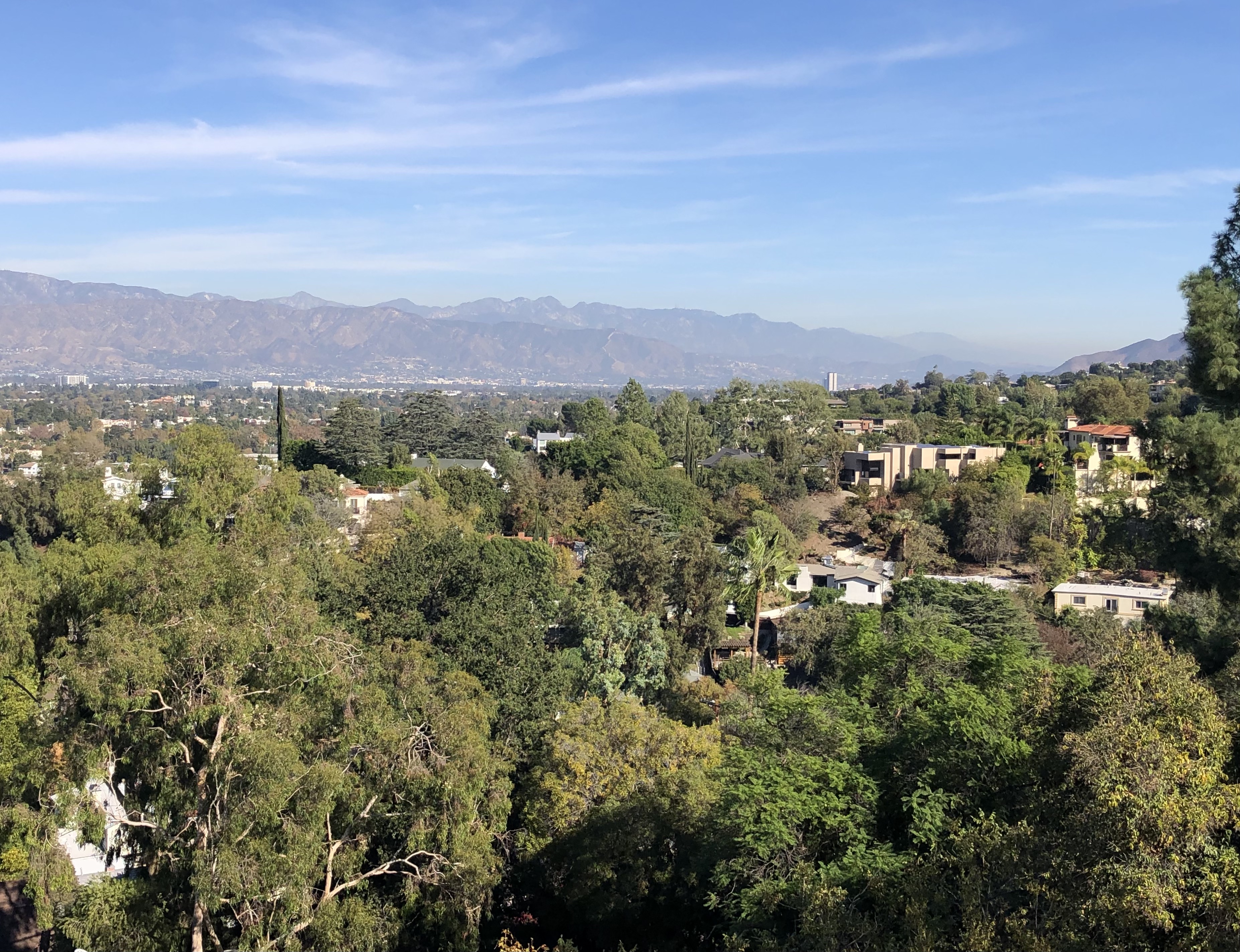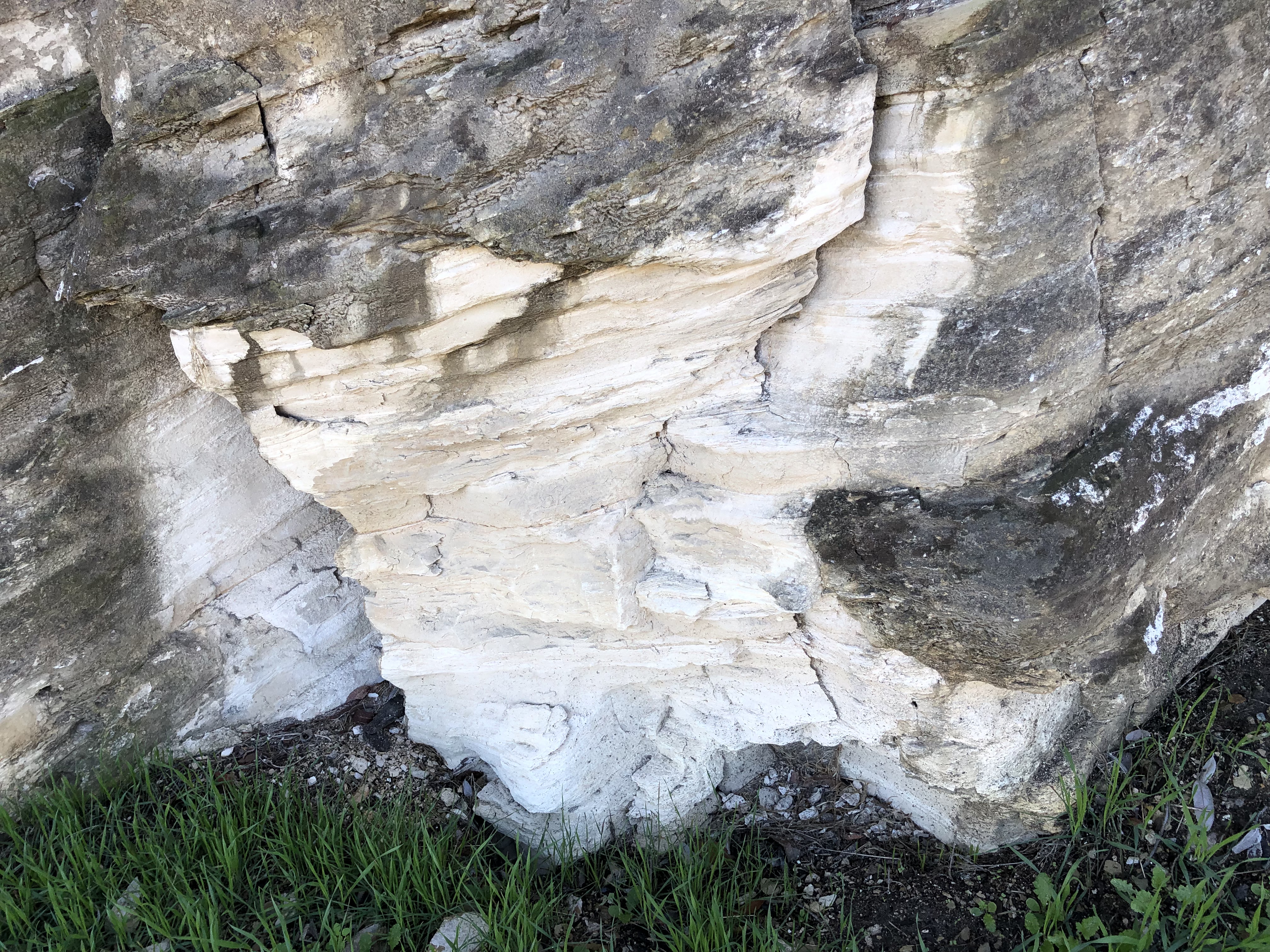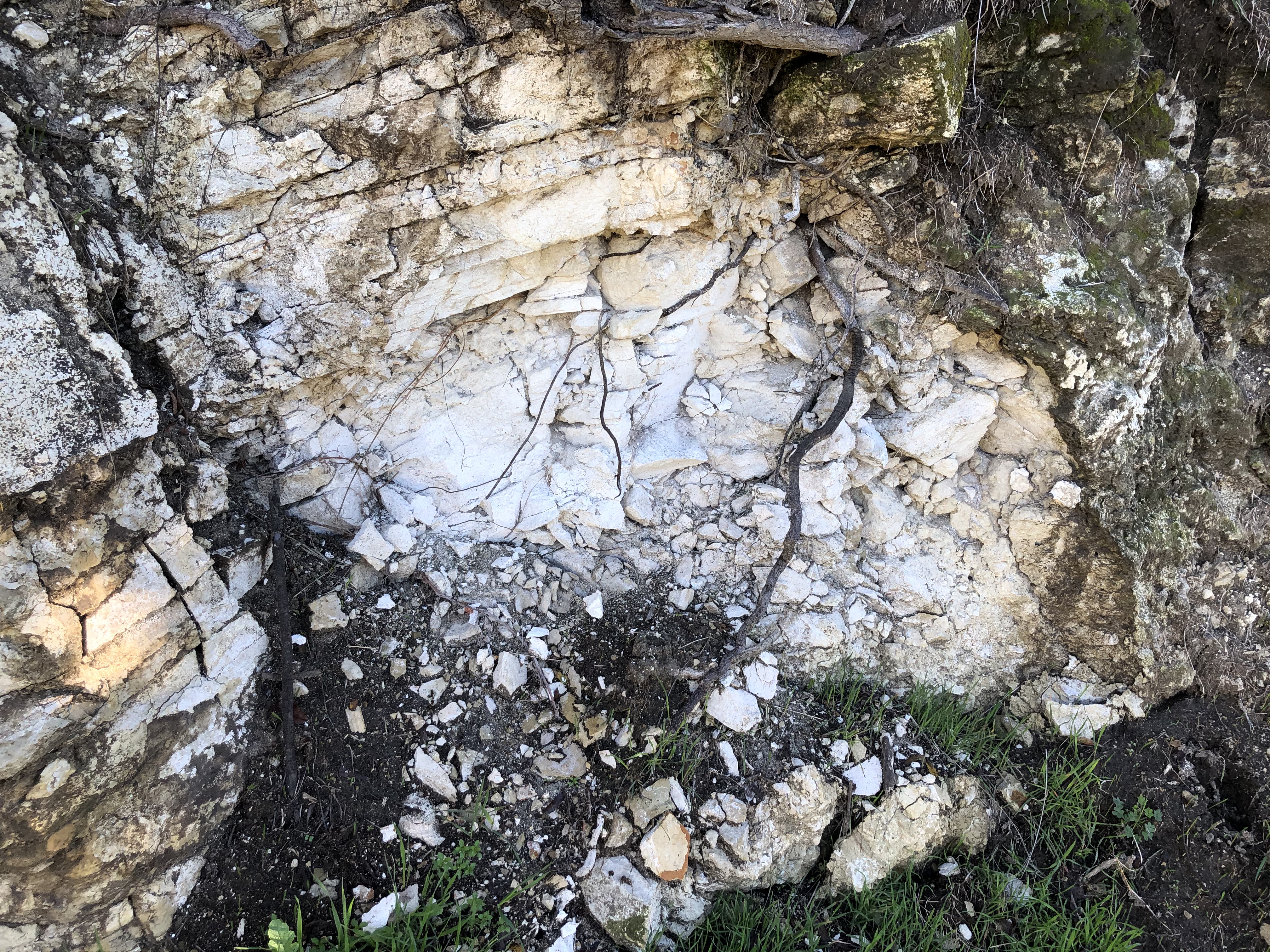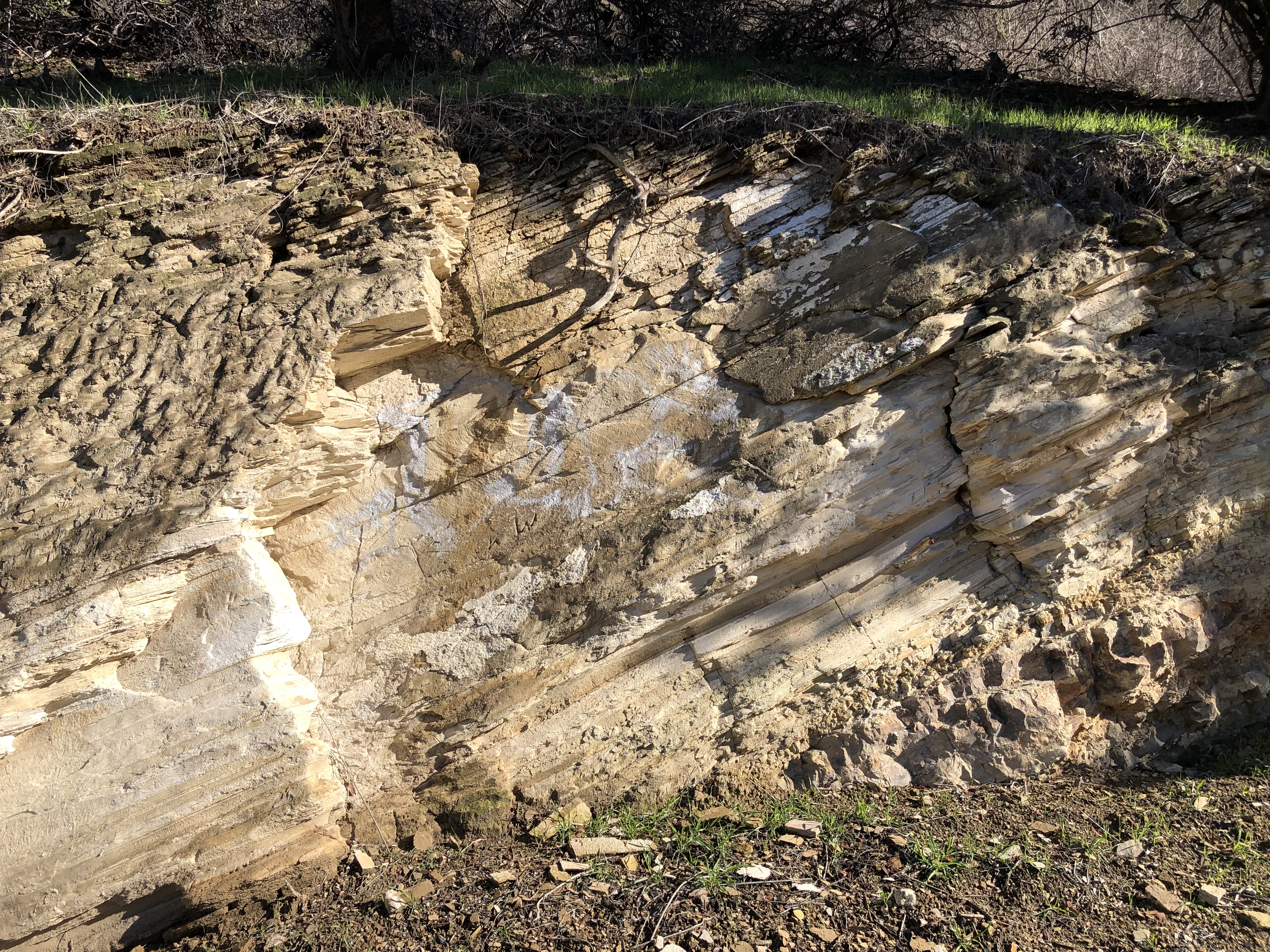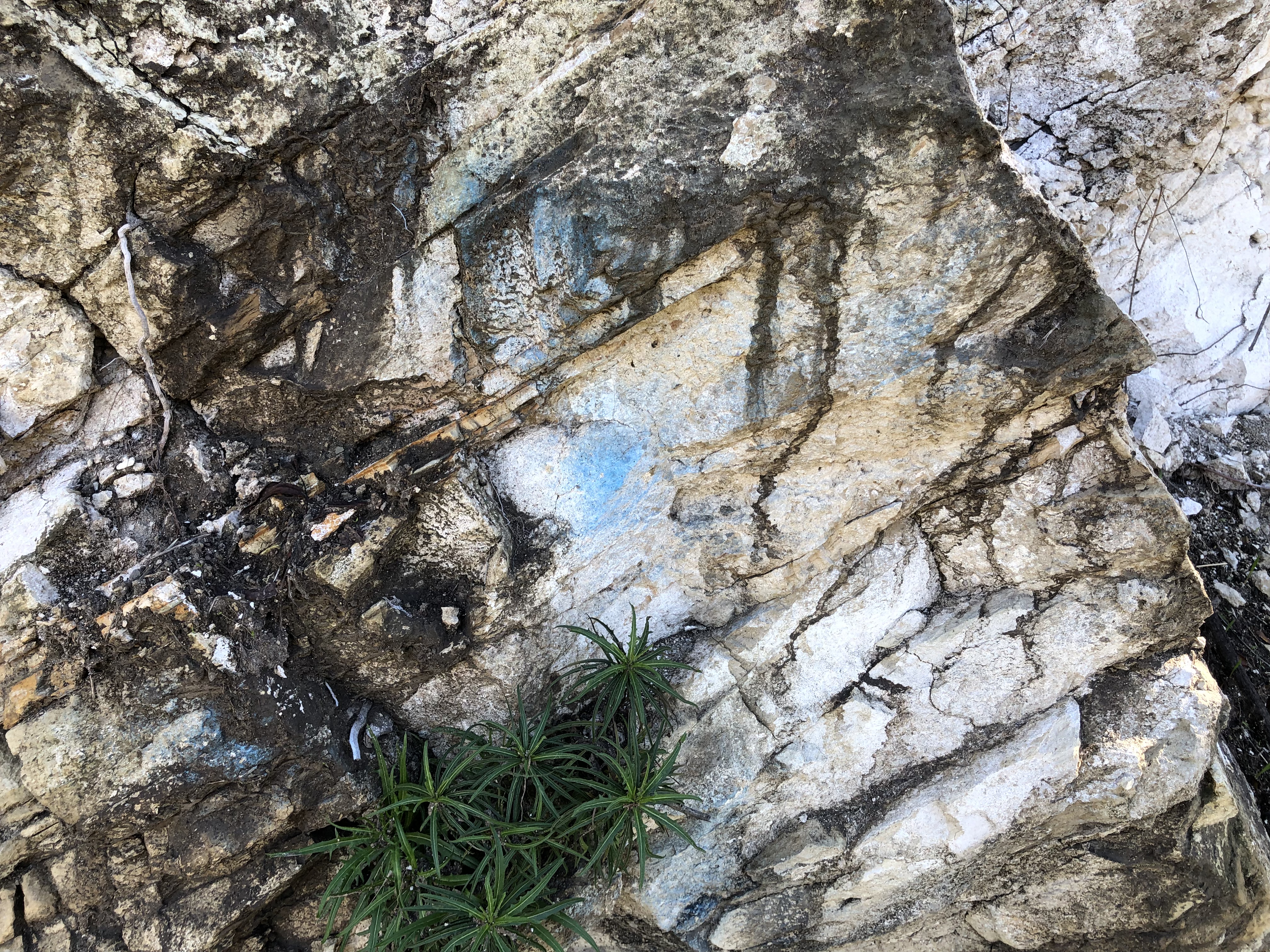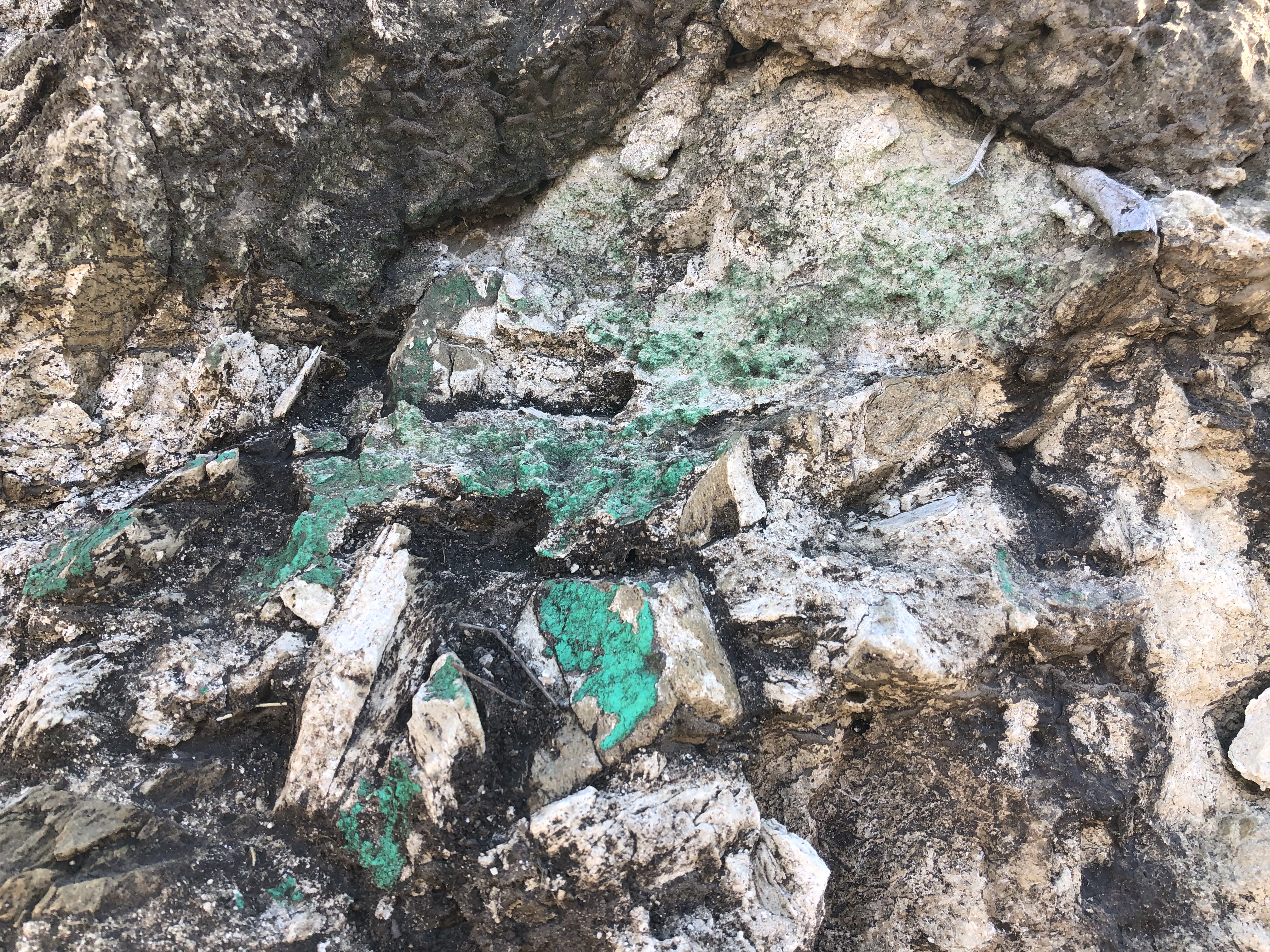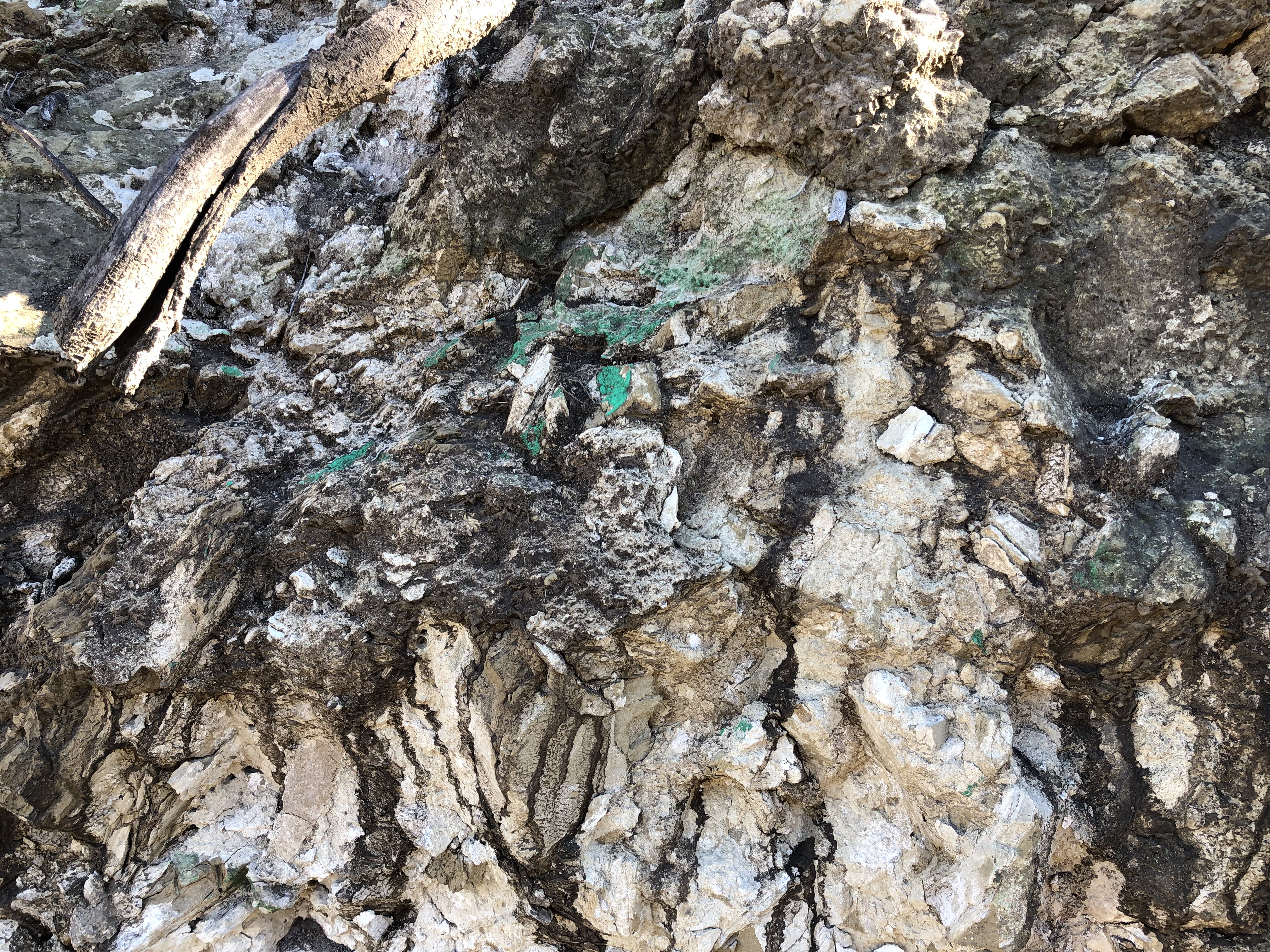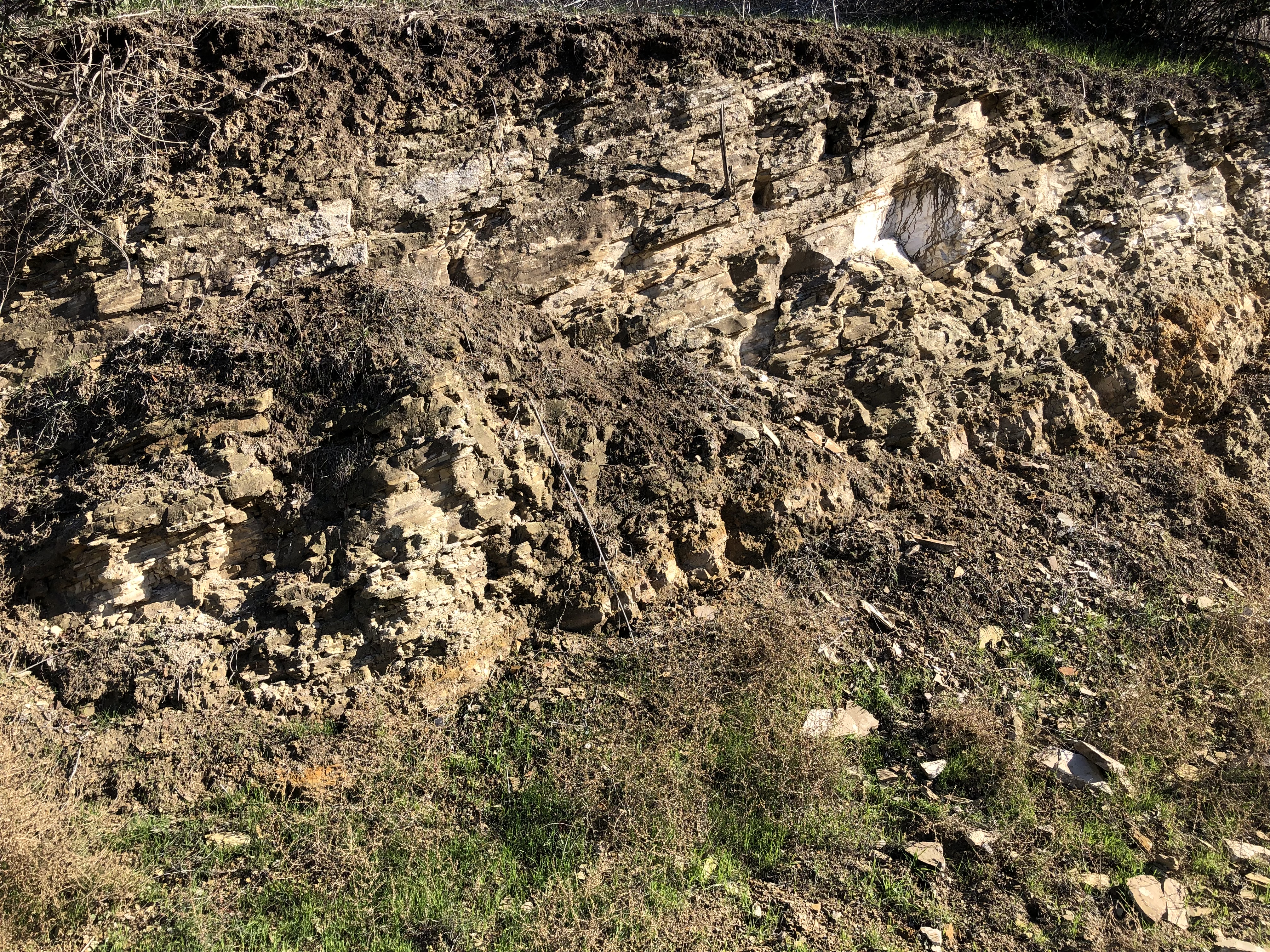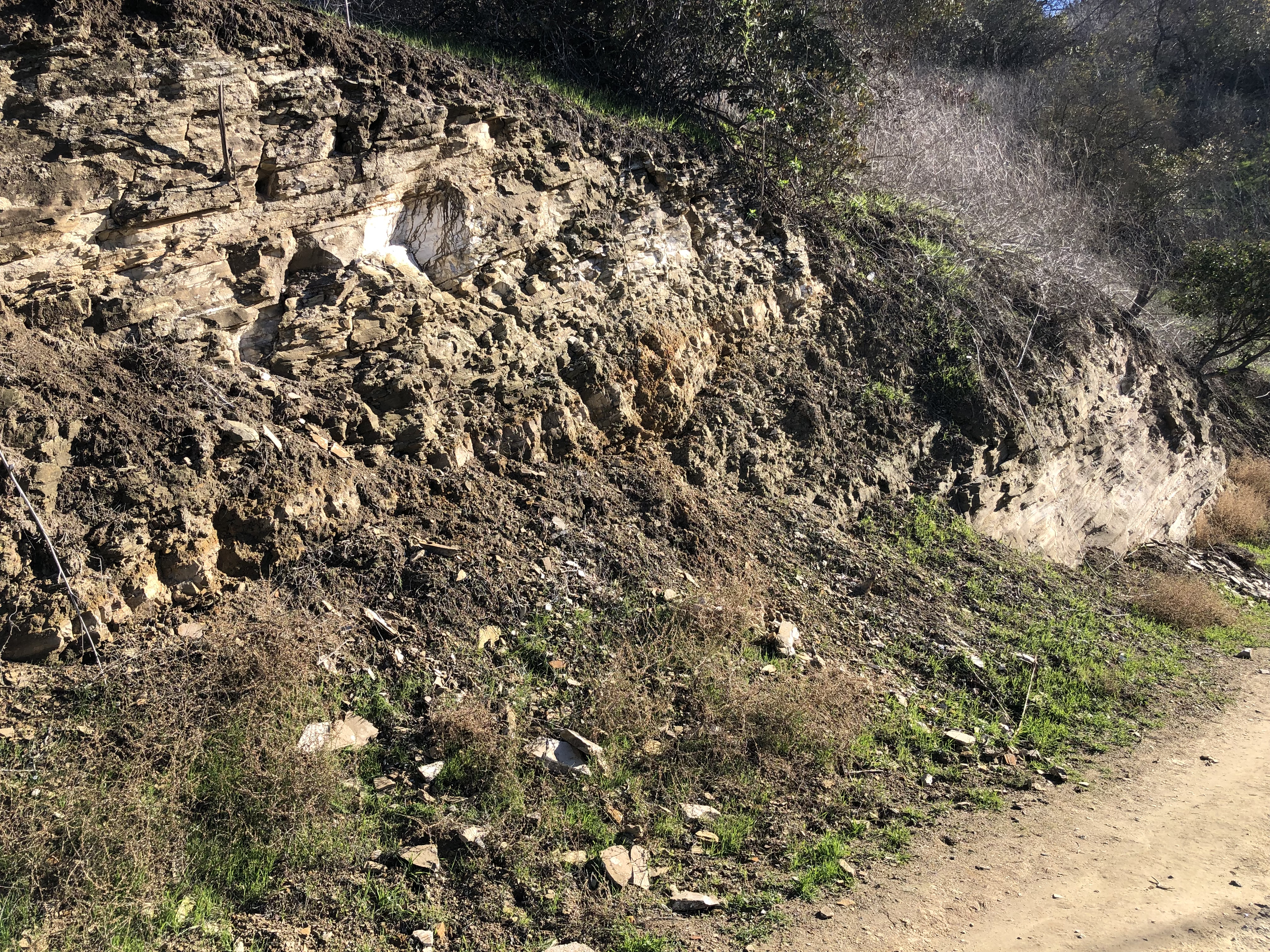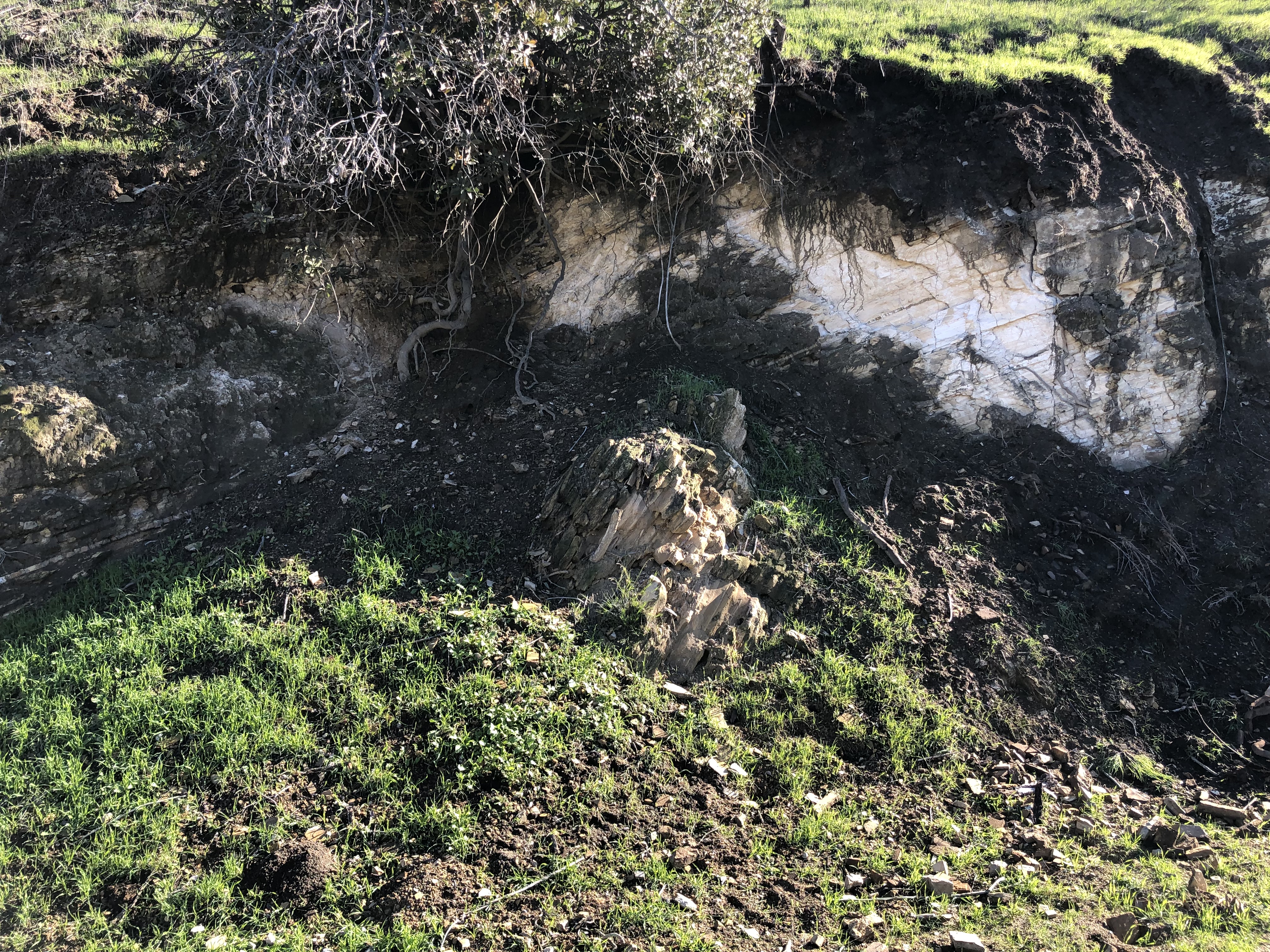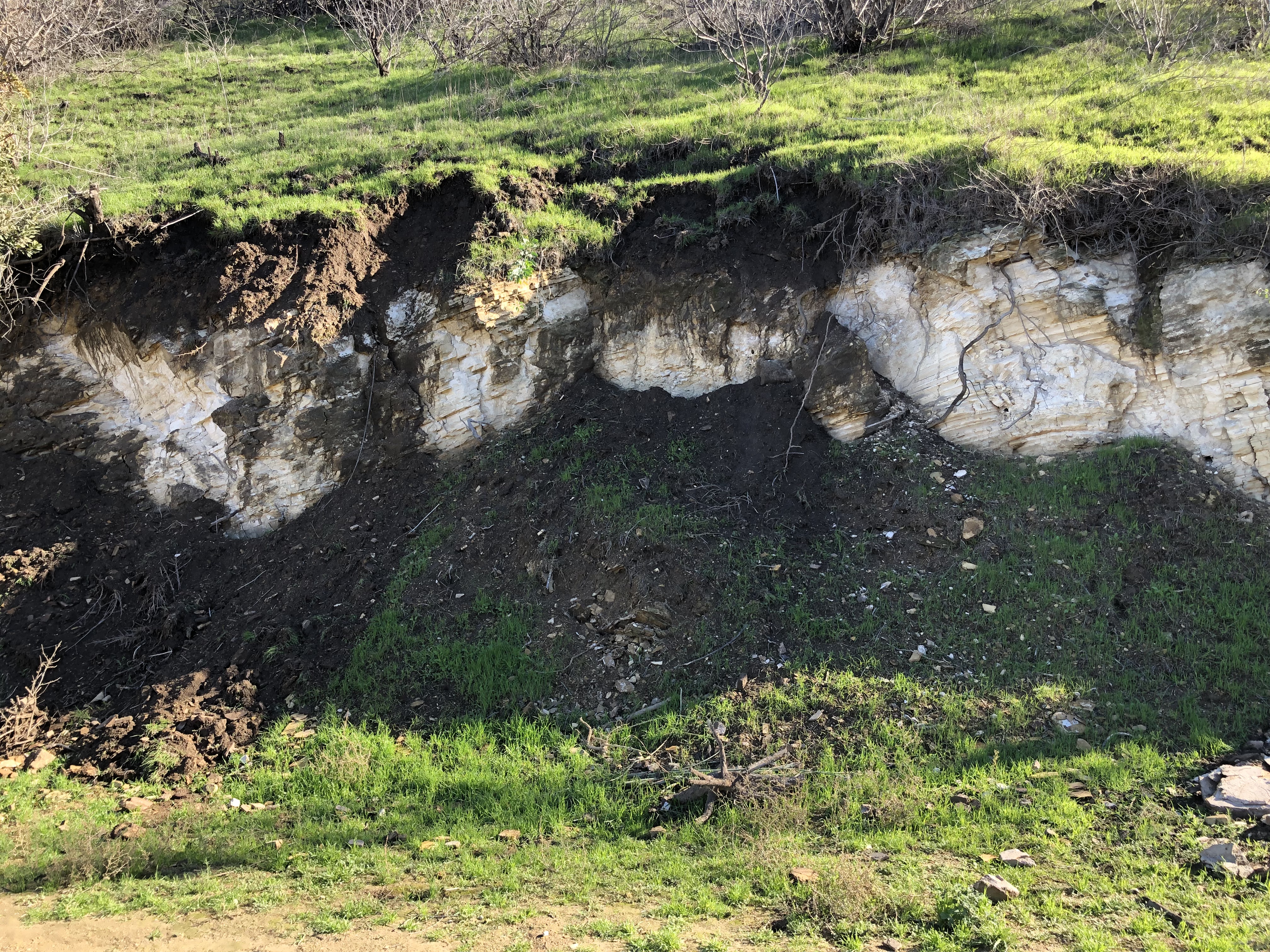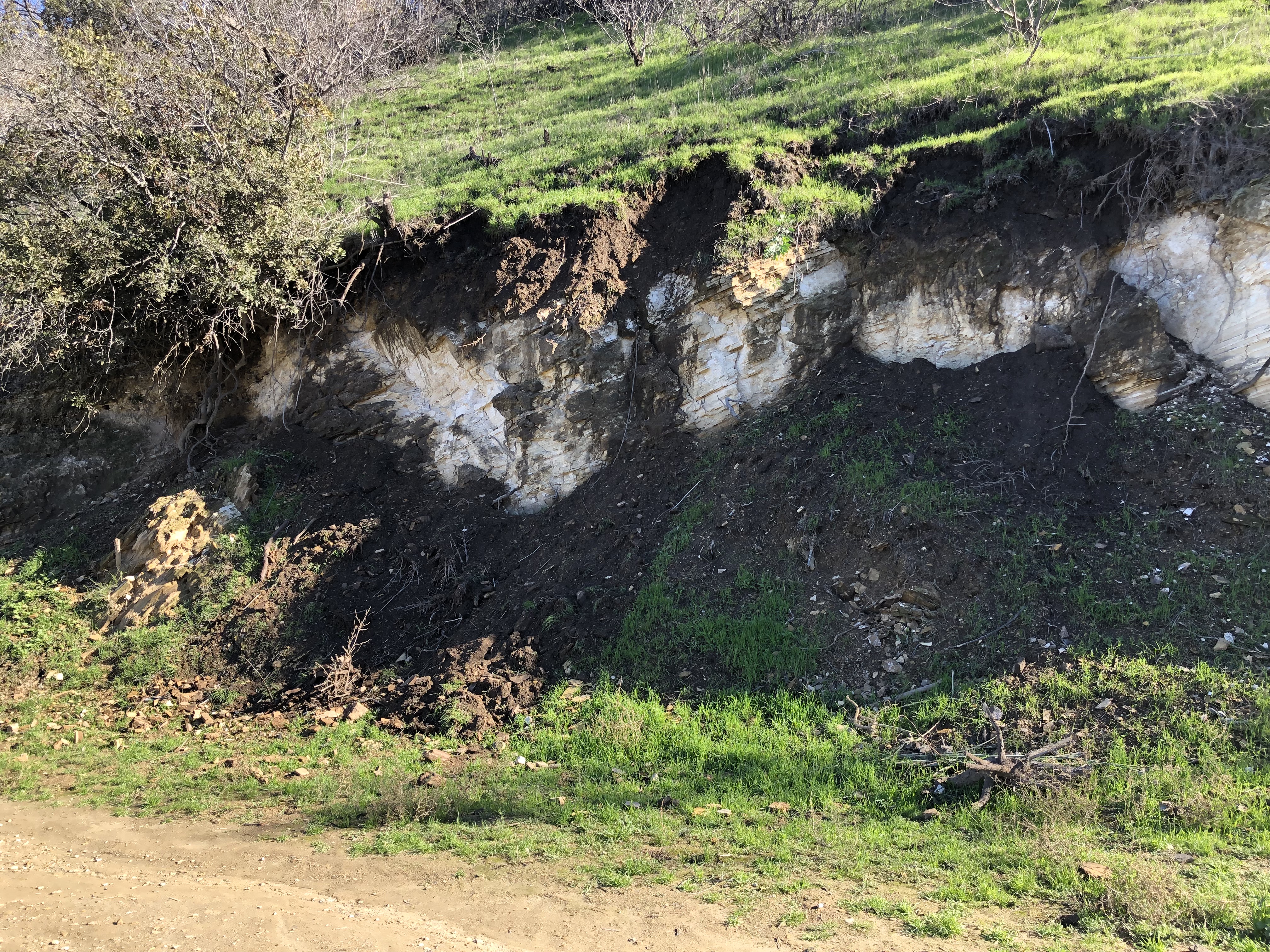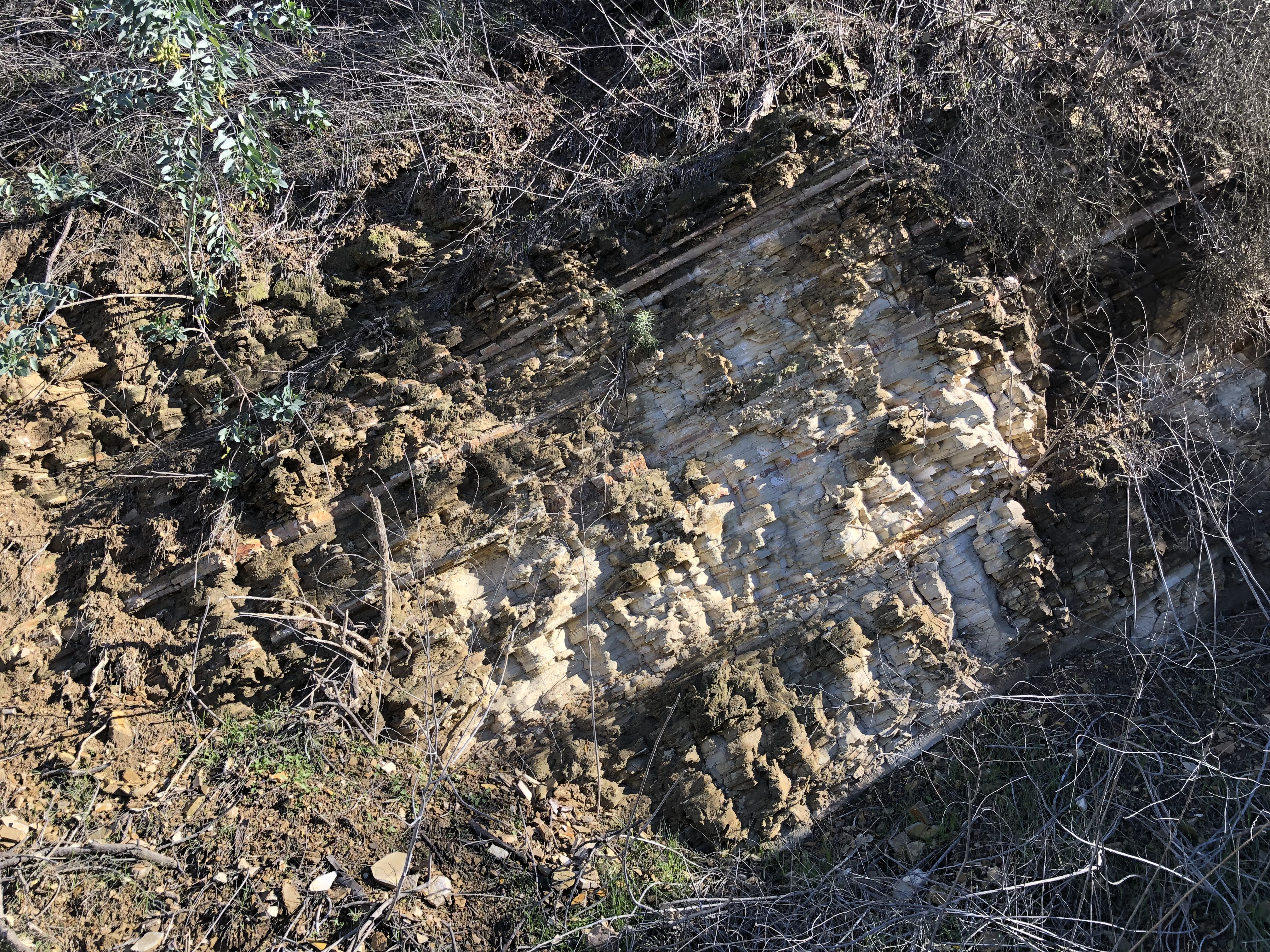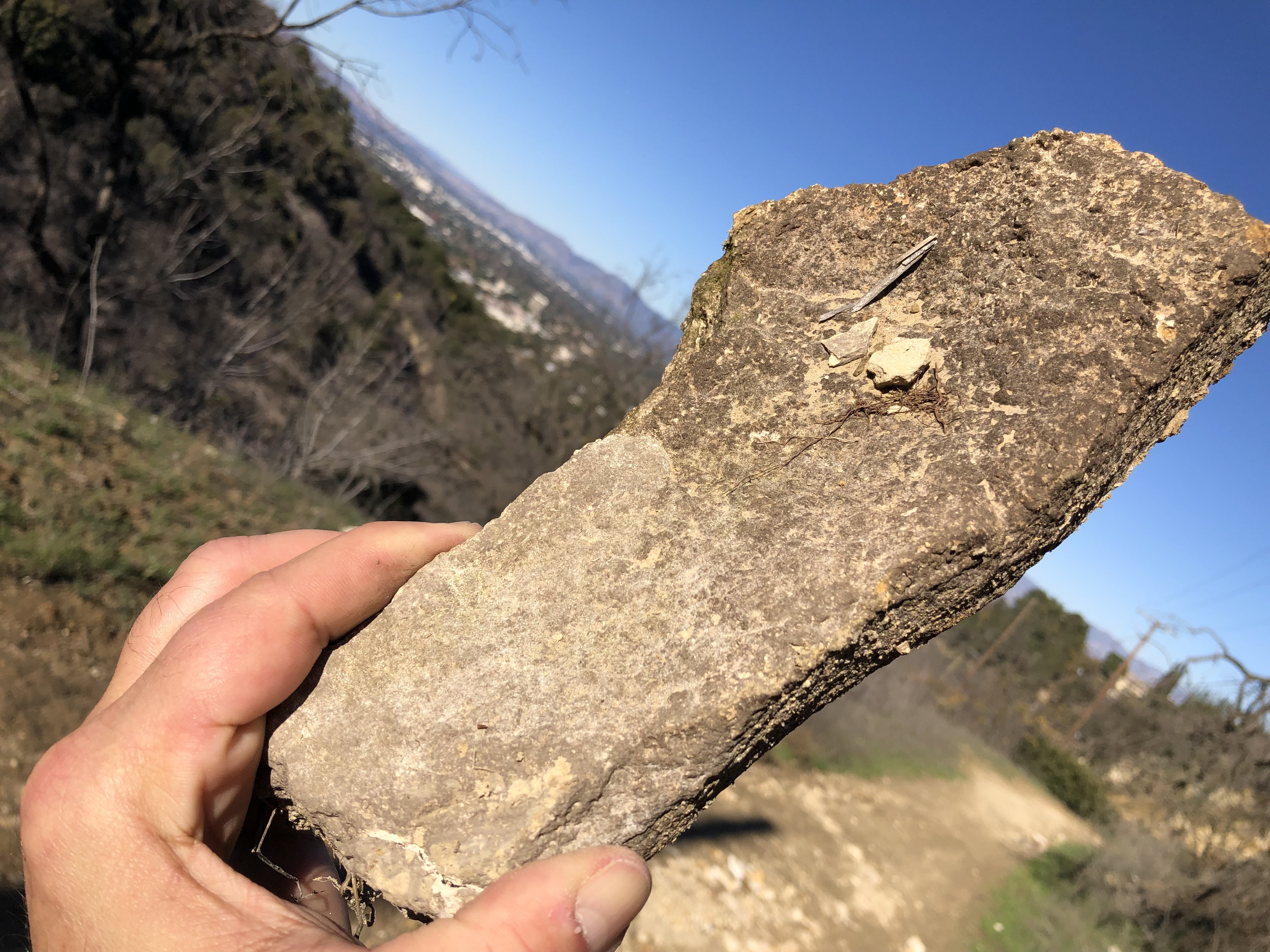Patient Reader, I regret to report this is the last edition of the Valley Village View. I have hit the limit of the “storage space” allowed by WordPress for a non-monetized blog. That is, if I wish to continue adding to it, I’d have to pay them a monthly rent. Google’s gate-fee is not cheap; their idea is, it should be a privilege to put the View into competition with all their other products for the world’s eyeballs — and for me to hustle for ever-more readers eager to click-through their ads on my blog.
The View began as a way to share pictures with family and friends about the local and natural history of the place I call home. Very quickly I realized that I knew nothing about it, myself! And I could see that many of the most interesting things about Los Angeles, and especially the Valley, weren’t ‘covered’ online: events weren’t presented with accurate facts, landmarks weren’t honored with clear informative pictures, history and natural wonders were ignored. As my own ‘sense of place’ grew, I realized that I had to work hard to find facts, or forgotten but important names. I tried to tie each blog entry into the important themes and trends I’d discerned.

I am especially proud of the View’s multi-part explorations:





First, the Views of “Beautiful Valley Village” itself, its middle-class history, its walkable scale and unpretentiously homey Mid-Century architecture. I think the photo essay of the once innovative, now abandoned Valley Plaza may be the best visual record there is or was, of the sad fate one of America’s first modern shopping centers; another lost moment in LA conservation history. The low-slung, rock-faced, steel-and-glass rows of shops, booths, and showrooms now are falling, burning, or being allowed to be torn down, for the lack of an adaptive-reuse plan for the site.





“The Theatre of Conversion” series is the most comprehensive general account online of the religious and cultural interface that began in 1769 between the Tongva, Tataviam and Chumash peoples, with their Chinigchinich religion on the one hand, and the Franciscans, with their Christianity. In addition to discovering the amazing lore and ritual of the datura plant, momoy, t was a golden chance to do the kind of history I admire most, a “local history from the soil up” kind of story. Comparing the Indians’ myths, plants, animals, food, medicine, and land-use, with the cultural apparatus and technology which was brought in by the Spanish, opened my eyes to the magnificent chaparral of the California Floristic Province, which was almost wiped out by the invasive Spanish Pasture Mix. Learning about Fr. Lasuen’s grandiose design for the most commodious building in Alta California, the Convento at San Fernando Mission, and the huge amount of quicklime-whitewash needed to cover all that adobe, and the huge amount of oak firewood required to kiln the limestone, and the quarrying of the limestone itself, and wondering where the neophytes got all the resources called for in Vitruvius’s whitewash recipe, led me into the geology of the canyons.




“The Transformation of Lopez Canyon” is an ongoing story that gives me hope for all of Southern California. If this abused, misunderstood sand-trap of hills can spring back from fires and floods and pollution and launch a mighty Superbloom of rare, even endangered species, as Lopez did in May-June of 2020, any place can. The CFP is robust and fit and apt and beguiling, and eager to steal your heart with water-sparing beauty and butterflies year-round, California, if you just let the dumb Connecticut-green lawn aesthetic die already. Of course, Lopez Canyon is also where I realized the Sylmar Hills were remnants of ancient mud volcanoes. This amazing revelation prompted the View to propose “San Fernando Valley National Geologic Monument,” (which is still an awesome idea) and led to a good survey of the rocks and rills round the rim.









I’m really sad to have to leave off “Van Nuys – A Viewing” in the middle. The story tells of how Isaac N. Van Nuys, one of the greatest wheat farmers and agricultural developers in California history, was descended from Dutch wheat farmers who settled in New Netherland in 1651. The story winds around to Brooklyn and New Jersey and to the Genesee Valley of upstate New York — each place, in its day, the center of a wheat-farming bonanza belt. The Van Nuys family story was revealed as a central thread in a much bigger story, that of the Anglo-Dutch commodity wheat culture of the former New Netherland counties. This family-based, small-freeholder, mercantile farming model was the economic and cultural template of settlement of the middle colonies, and it emerged from the English conquest of New Netherland. Wheat agriculture was carefully implanted along with religious freedom, when neither wheat nor free thought was flourishing elsewhere. Eventually, it was the norm that prevailed across the American frontier and drew in millions of immigrant homesteaders eager to copy it. But just as the riled heartland of sober, small-farming, reformed-religious Prairie Populists seemed ready to rise to national power under Wm. Jennings Bryan, the price of wheat collapsed, and the whole family-farm commodity wheat culture retreated. The rush of farm-leavers from rural counties fed the teeming cities. Part of the reason wheat went bust in Kansas and Missouri and Oklahoma, was that one Isaac Van Nuys had athsma, and got the jump on the prairie homesteaders by moving clear out to California. By the 1880s Van Nuys was shipping huge cargoes of Pacific wheat to the grain market at Liverpool, and that encouraged other Californians to go big in wheat. Thus, one of the descendants of the original Van Nuys. who helped found family-farm wheat culture, was so successful he helped strangle it as a settlement pattern. When Ike Van Nuys sold off his massive Valley holdings to developers in 1911, the hay-day of America’s Anglo-Dutch freethinking commodity wheat agriculture was over; exemplified when hundreds of thousands of displaced and dispossessed Okie farmers arrived in the Valley for one last chance at land, and found LA instead. I regret I didn’t get to finish this story of family farms, religious freedom and progressive ideals; but it helped build America, and the future is full of time.



Thank you for following the Valley Village View. If anyone stumbles in here after this, I hope they will find working links and hashtags. I hope the site will still be useful and beautiful for you. I hope it encourages understanding of the phenomenally rich culture of Los Angeles. I hope the photography, especially of the native landscapes, inspires visions of the vast renewal that is waiting for us, could we only learn to give this remarkable land our attention, love and respect.






